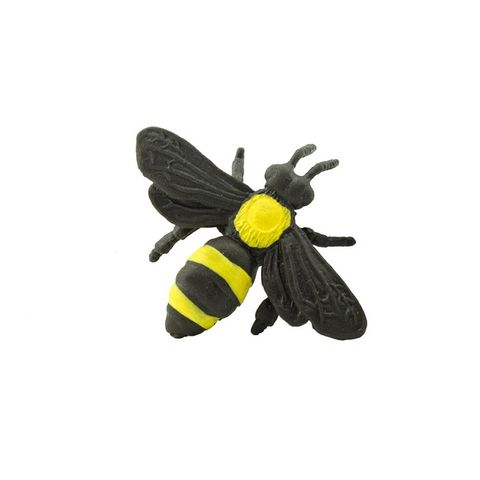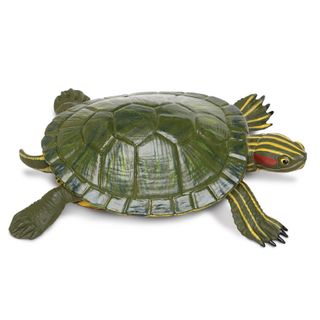
Safari Ltd Bumble Bees Good Luck Minis
Description
- 192 Pieces Per Bag. Only Available in Bulk Purchase.
- Bumblebees aren’t just fuzzy insects that make honey; they perform tasks vital to life on Earth. As they fly from flower to flower collecting pollen and nectar, some of the pollen rubs off their legs and onto the flowers, thereby cross-pollinating and ensuring the fruit grows.
- Scientific Name: Bombus impatiens
- Characteristics: These mini Bumblebees could be in midflight or getting ready to land on a flower. Let them land in your artwork on use them as decorations or party favors. Give them away at flower shops or garden centers, or use them as reminders of the importance of Bumblebees.
- Size and Color: Black and yellow with wings outspread, these Bumblebee figures are about the size of a quarter.
- Bumble Bees are part of the Good Luck Minis® collection
- All of our products are Non-toxic and BPA free
History
Bees don’t leave normal fossils behind because their exoskeleton isn’t nearly as long lasting as bones. However, like other insects, ancient bees could become trapped in amber, preserving their bodies for scientists to discover later. And discover they did. Scientists have determined the bees appeared during the Cretaceous period, the age of T-rex. Not surprisingly, this is when flowers appeared as well. Before bees, butterflies, and other insect pollinators came along, plants had to rely on the wind for cross-pollination. But with flying insects hopping from plant to plant, drinking nectar and collecting pollen, the process became so much more effective. Plants began to develop tastier nectar and better landing spots to attract more bees, while bees became smaller to better reach deep into plants. All this occurred against the backdrop of dinosaurs, and while the terrible lizards are no more, the bees and flowers have survived and thrived.
- Recommended Age: 5+
- Size in cm: 20.25 W x 25.5 H
- Size in inches: 7.97 W x 10.04 H
- UPC: 095866342203








